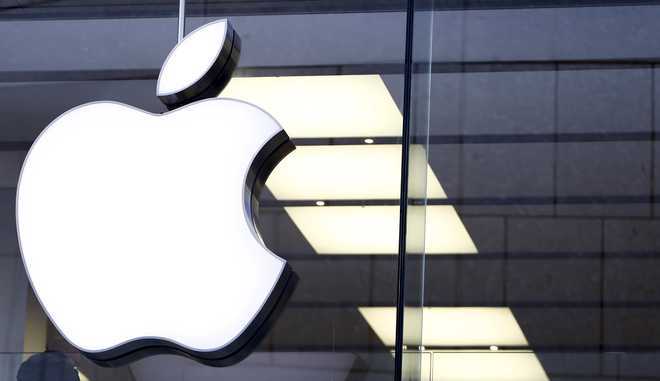New Delhi: Apple re-took second place with the launch of the iPhone 13, shipping 49.2 million smartphones and growing 14 per cent, in the third quarter (Q3) this year.
Xiaomi went back to third place, with 44 million units and a 14 per cent share, reports market research firm Canalys.
“The iPhone 13 had a strong start. Pre-orders were high and, unlike last year, Apple could use the full might of its retail stores to drive sales,” said research analyst Le Xuan Chiew.
For customers with a two- or three-year-old iPhone, the devices have proved a compelling upgrade, with better cameras, battery life and, of course, 5G.
“But Apple’s performance goes far beyond the iPhone 13. For example, it sustained the momentum of the iPhone 12 with wholesale discounting behind the scenes. It is making rapid progress with new B2B channel initiatives around the world,” the report noted.
Apple continues to curry favour with network operators, helping to drive their user bases toward 5G, and getting iPhones prioritised in their portfolios.
“It will face some supply pressures and has softened its iPhone production target for Q4 2021. But Apple is a sourcing powerhouse, its high-end devices make it less exposed than many competitors, and it will be aiming for the number one spot next quarter,” Chiew said.
Samsung was once again the leading vendor, shipping 69.4 million units for a 21 per cent share in Q3.
OPPO and Vivo took fourth and fifth, shipping 36.7 million and 34.2 million units respectively.
“Android’s situation was less rosy, with shipments down 9%,” said Principal Analyst Ben Stanton.
Samsung again struggled with supply of its Galaxy A series devices. Xiaomi also saw demand outstrip supply, but this was partly due to a blockbuster performance in the previous quarter, which depleted available stock.
“Shortfalls are now emerging at the high end too, with the lack of a Samsung Galaxy Note phone this year,” continued Stanton. “Samsung shipped over 3 million of its foldables, the Galaxy Z Flip3 and Fold3, in Q3 2021, which is impressive but not enough to fill the gap”.
Rivals are now circling this vacuum, with new devices such as Google’s Pixel 6 Pro and Xiaomi’s 11T Pro already in play.
“But as chipset shortages restrict supply, the real opportunity will not be high-end volume,” the report noted.





